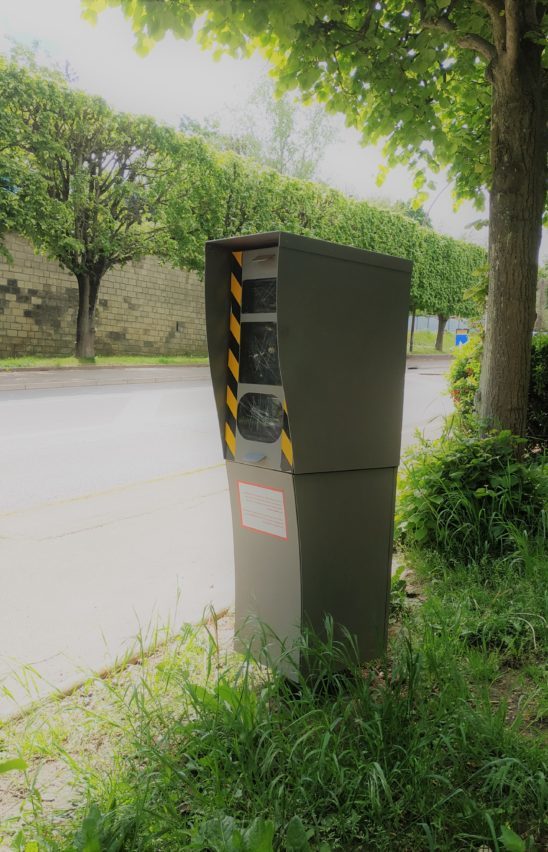
Road safety
Communication around road safety has been, since the beginning of the 70’s, one of the major and permanent subjects of government communication. With one single target that has progressively become a priority to the public opinion : reducing the number of road deaths (17 000 deaths in 1970). Its implementation has been a success (4443 in 2009). In this stable and efficient context, the government’s failed communication regarding the withdrawal of the signs announcing speed radars is an exception and appears surprising.
These announcements, that were under the medias’ spotlights beginning of June, were preceded end of 2010 by a relaxing of the rules regarding the system of licenses with points and the conditions necessary for the recovery of the lost points.
The evolution in context beginning of 2011 however changed a few things. Indeed, the first months of the year coincided with a strong increase in the number of road accidents and fatalities. In order to show its concern, the government quickly announced new measures without proceeding to the consultations or explanations that should have preceded them. This educational effort would have been that much more necessary that the withdrawal of the signs announcing the presence of radars consisted of reviewing a measure presented as fundamental only a few months earlier. Or how to take back with one hand was what given with the other…
But in communications the strategy should be adapted to the content : the announces made without any educational procedures logically created upraises from the drivers who expressed their incomprehension, as well as from industrials who defended their economical interests, or even Members of Parliament who had electoral deadlines in mind. The government answered to these protests by polyphony soon to become cacophony as the public authorities took the floor to announce adaptations to the measures that ended being in contradiction with one another. The government’s actions became a communication disaster and the measure messy: its withdrawal, more or less disguised, was finally announced after a few days of limbo.
Between the ideal situation of a government that would send a one and only message and the real situation of a State that can fumble, stumble and contradict itself, the gap is real. On topics like road safety it is important to have the clearest and most constant communication possible. It is the logical object of public politics that consolidate and implement measures with the concern for continuity. Indeed, to change behaviors (may it be in terms of public health, of cultural practices, of attitudes on the road…), the State must favor the consistency of its message and its coherence with the content of the measures. This consistency goes hand in hand with a un-politicization of the issue that allows inscribing the communication on the long run by preserving it of purely political debates. Road safety is a striking example: the government’s communication these past 40 years has largely been inspired by the same
principles despite the various political sides. The consensus around a regularly increasing vigilance can only be acquired through systematically concerted works that exclude that the fundamental of the measure be over taken by a wished announcement effect. Communication must here incite to change, prepare on the long run the public opinion to modify its behavior.
The efficiency of a communication that gears to change behaviors prohibits the search to create a buzz or a short term political effect.
